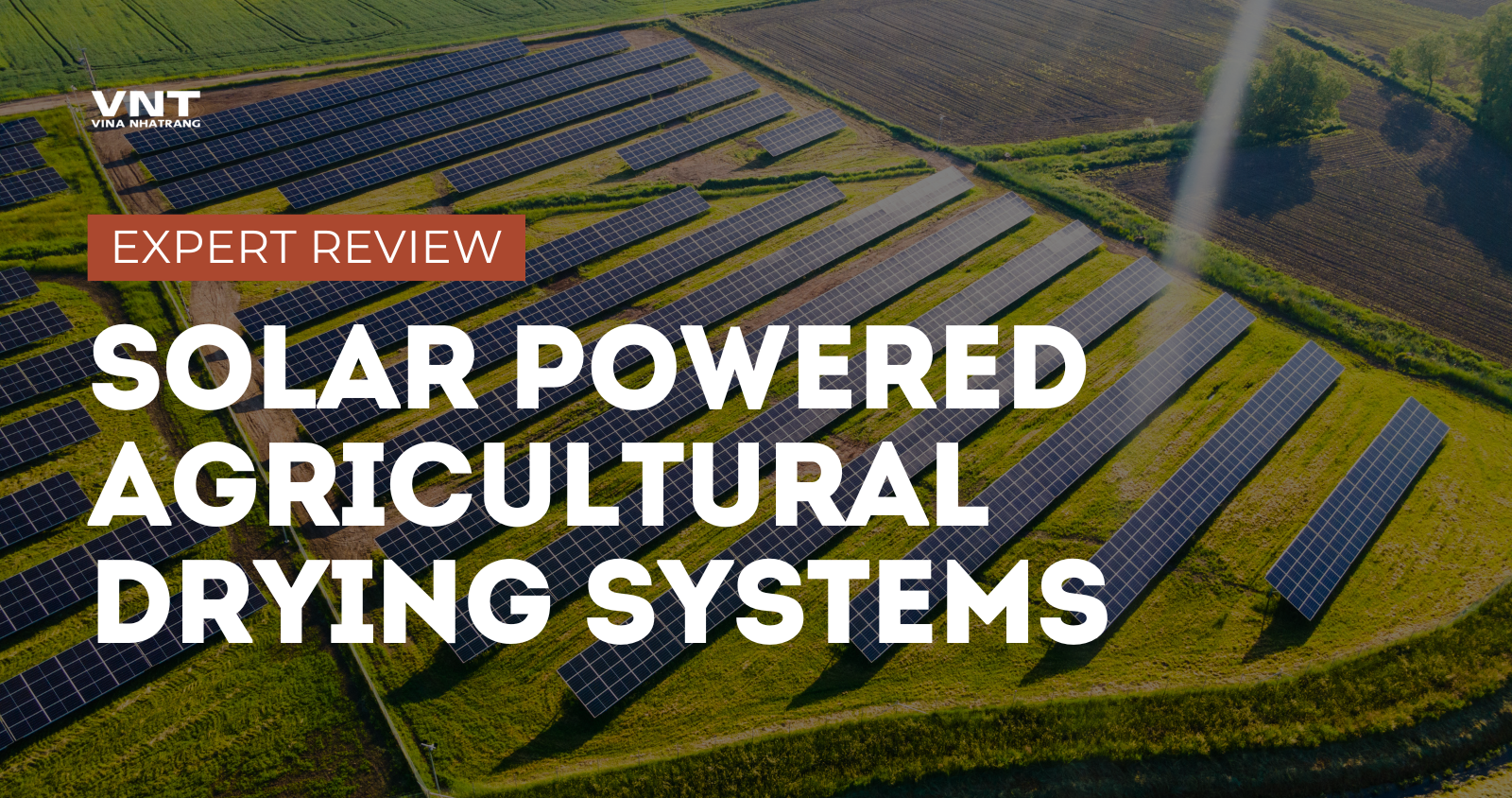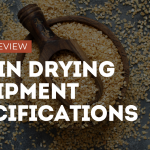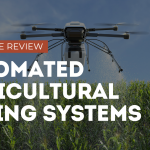Imagine harvesting your crops and preserving them without worrying about unpredictable weather or skyrocketing energy costs. That’s exactly what solar-powered agricultural drying systems offer farmers worldwide. These innovative systems harness the sun’s free, renewable energy to efficiently dry crops, reducing post-harvest losses dramatically while slashing operational costs. As climate change concerns and energy prices continue to rise, sustainable drying solutions aren’t just environmentally responsible—they’re becoming economically essential. In this article, we’ll explore how these game-changing systems work, address common questions, and reveal why more farmers are making the switch to solar drying technology.
What Are Solar-Powered Agricultural Drying Systems?
Solar-powered agricultural drying systems use solar energy to remove moisture from crops after harvest. Unlike traditional drying methods that rely on fossil fuels or electricity, these systems capture the sun’s energy through collectors that heat air, which then circulates through the drying chamber where crops are stored.
There are several types of solar dryers:
- Direct solar dryers – Crops are placed in an enclosure with a transparent cover, allowing sunlight to directly heat the products.
- Indirect solar dryers – Solar collectors heat air that’s then circulated through a separate drying chamber, protecting sensitive crops from direct sunlight.
- Mixed-mode solar dryers – Combine both direct and indirect heating for maximum efficiency.
- Hybrid systems – Integrate backup heating sources (like biomass) for continuous operation during cloudy periods.
5 Compelling Benefits That Make Solar Dryers Essential for Modern Farmers
1. Dramatic Reduction in Post-Harvest Losses
In developing countries, post-harvest losses can reach a staggering 30-40% of production. Solar dryers can reduce these losses by up to 90%, according to studies by the Food and Agriculture Organization. This preservation capability directly translates to increased income and food security for farming communities.
2. Exceptional Energy Cost Savings
Traditional drying methods often consume large amounts of electricity or fossil fuels. Solar dryers operate on free solar energy, cutting operational costs by 60-80% compared to conventional electric or fuel-based systems. A mid-sized farm can recover the initial investment in just 2-3 growing seasons.
3. Superior Product Quality
Solar dryers maintain lower temperatures (typically 40-60°C) compared to conventional dryers, preserving nutrients, color, flavor, and aroma better than high-temperature alternatives. Products dried using solar systems often command premium prices in specialty markets.
4. Environmentally Sustainable Operation
A typical medium-sized solar dryer can reduce carbon emissions by 5-10 tons annually compared to fossil fuel alternatives. As carbon regulations tighten globally, this benefit becomes increasingly valuable.
5. Versatility Across Different Crops
Modern solar dryers can effectively process fruits, vegetables, grains, herbs, spices, fish, and meat products, making them adaptable investments for diverse agricultural operations.
Frequently Asked Questions About Solar Agricultural Dryers
Are solar dryers effective in all climates?
While solar dryers work best in regions with high solar radiation, modern designs incorporate features that extend their usefulness even in less sunny areas. Hybrid systems with backup heat sources ensure continuous operation regardless of weather conditions. Even in northern European countries with limited sunshine, properly designed solar dryers can still handle 60-70% of annual drying needs.
What’s the typical return on investment period?
The ROI period varies based on system size, local solar conditions, and crop values, but most farmers report breakeven periods of 2-5 years. High-value crops like herbs, spices, and specialty fruits can reduce this period to as little as 18 months. A farmer in Kenya processing mangoes reported a 230% return on investment within the first three years of operation.
How do solar dryers compare to traditional sun drying?
Compared to traditional open-air sun drying, solar dryers offer:
- 40-50% faster drying times
- Protection from insects, dust, and rain
- Reduced risk of microbial contamination
- Lower labor requirements
- Consistent quality results
What maintenance do solar drying systems require?
Solar drying systems are relatively low-maintenance. Routine tasks include:
- Cleaning solar collectors monthly to maintain efficiency
- Inspecting fans and moving parts quarterly
- Checking seals and insulation annually
- Replacing UV-resistant glazing every 5-10 years depending on quality
Many components have 15-20 year lifespans with proper maintenance, making these systems durable long-term investments.
Can small-scale farmers afford solar drying technology?
Absolutely! Solar dryers range from small DIY units costing under $200 to sophisticated commercial systems. Community-shared models have proven successful in many regions, allowing farmer groups to pool resources and maximize utilization rates. Microfinance institutions increasingly recognize solar dryers as bankable investments for smallholder farmers.
Implementing Solar Drying Technology: Practical Considerations
System Sizing and Selection
The appropriate system depends on:
- Your typical harvest volumes
- Types of crops processed
- Local climate conditions
- Available budget
A properly sized system processes daily harvests without bottlenecks while maximizing energy efficiency. Consulting with agricultural extension services can help determine the optimal configuration for your specific needs.
Installation Best Practices
For maximum efficiency:
- Position collectors facing the equator (south in Northern Hemisphere, north in Southern Hemisphere)
- Set collector tilt angle to your latitude for year-round use, or latitude +15° for winter optimization
- Ensure unobstructed solar access, especially during peak drying seasons
- Incorporate proper insulation to retain heat
- Install humidity and temperature monitoring systems for quality control
Integration with Existing Farm Operations
The most successful implementations integrate solar drying with:
- Harvest scheduling to ensure consistent dryer utilization
- Processing facilities for efficient workflow
- Packaging operations to maintain product quality
- Marketing strategies highlighting sustainable production methods
Success Stories: Farmers Transforming Operations with Solar Drying
Maria Gonzalez, a coffee producer in Colombia, installed a solar coffee dryer that improved bean quality consistency and earned her a 15% premium from specialty buyers. The system paid for itself within two harvests while reducing her farm’s carbon footprint by 4 tons annually.
In India, a cooperative of spice farmers invested in a shared solar drying facility that reduced drying time for turmeric from 15 days to just 3 days, while improving color retention and active compound preservation. Their products now command a 25% market premium.
Conclusion
Solar-powered agricultural drying represents more than just a technological innovation—it’s a transformative approach that addresses multiple challenges facing modern agriculture. From reducing post-harvest losses and energy costs to improving product quality and environmental sustainability, these systems deliver compelling advantages across diverse agricultural settings.
As climate concerns intensify and energy costs rise, solar drying technology will likely become standard practice rather than an alternative option. Forward-thinking farmers who adopt this technology now position themselves advantageously for the evolving agricultural landscape, with benefits spanning economic, environmental, and quality dimensions.
Whether you’re a small-scale grower or large commercial producer, solar drying technology offers scalable, sustainable solutions worth serious consideration. The question isn’t whether you can afford to invest in solar drying—it’s whether you can afford not to.




